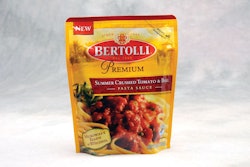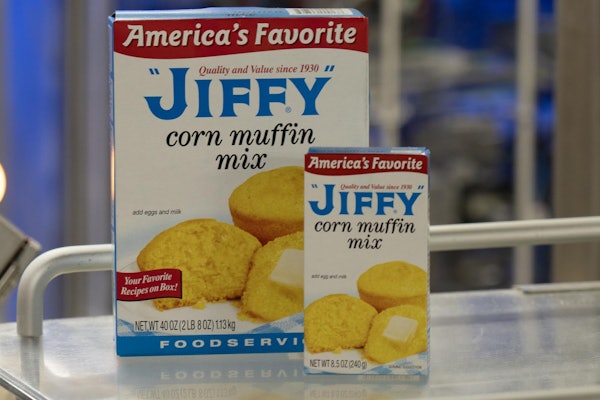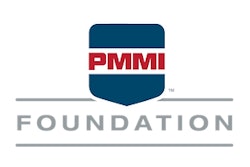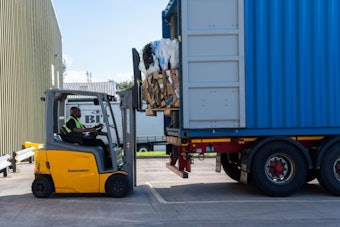By cartoning them, we were able to remove five people from the line and save $500,000 yearly. We also reduced the carton’s footprint, and along with that changed how it sat on the shelf. The cartons contain five small form/fill/sealed thermoforms with a catheter in them. Before this project, we’d fill a large carton randomly with 50 of them dropped in manually. With cartoning, the individual packs are grouped and nested, neatly standing upright in a tall, narrow carton. It was such a radical change that our marketing people first surveyed our customers, and they preferred the new format. And because the products must hold sterility, it’s also better that the packages don’t rub against each other as in the bulk carton.”
Minor change saves $500,000/yr
In a follow-up discussion, this medical device manager elaborated on his response by adding the following details: “This project involved going from packages as singles to groups of five, and then someone suggested we could carton them at that point.
Jul 3, 2009
Machinery Basics
Researched List: Engineering Services Firms
Looking for engineering services? Our curated list features 100+ companies specializing in civil, process, structural, and electrical engineering. Many also offer construction, design, and architecture services. Download to access company names, markets served, key services, contact information, and more!
Download Now
The AI revolution in packaging robotics is here
Robots that see variations, adjust grip pressure automatically, accept plain-English commands, and predict their own maintenance. Discover how AI is transforming packaging operations.
Read More
Downloads























